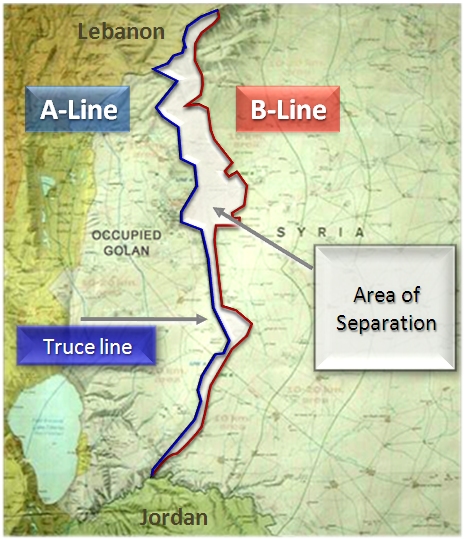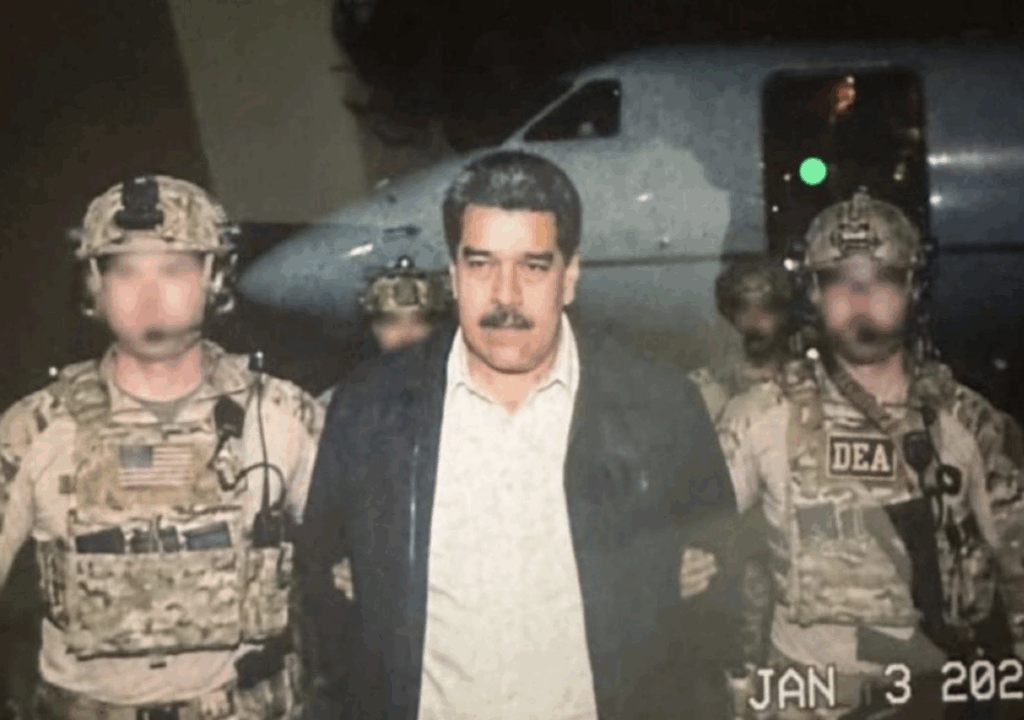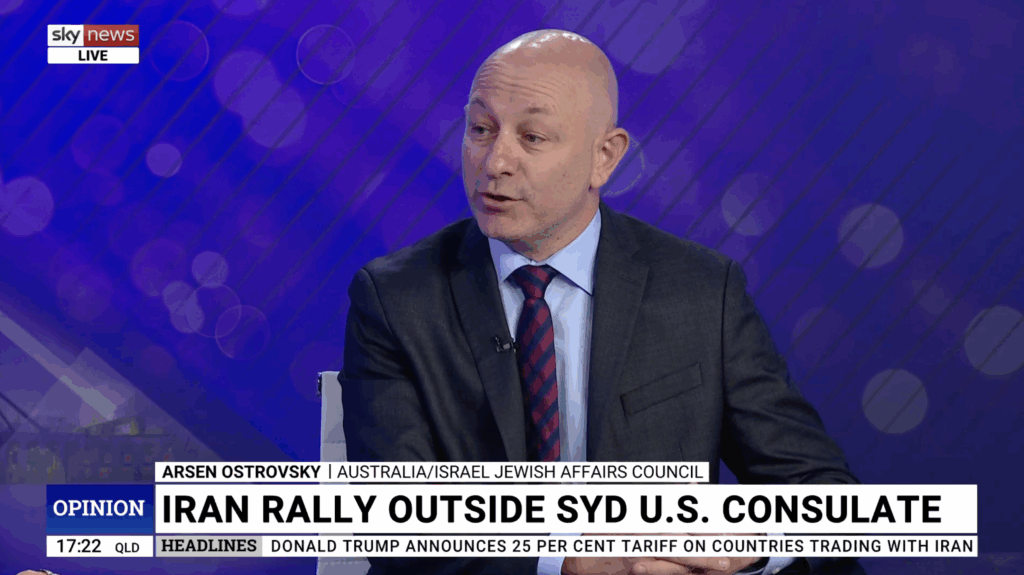UPDATES
The increasing perils of peacekeeping for Australia and others
May 31, 2013 | Ahron Shapiro

The unrest in the Arab world commonly mislabelled as the “Arab Spring” has put a strain on United Nations and other peacekeeping forces in the region.
Peacekeeping troops – in which Australia currently and historically has played a role – have limited options for defence available to them according to their mandate, are intended to observe, liaise and act as a buffer between armies.
However, regional non-state actors filling a vacuum created from the weakened national authority in countries affected by the unrest have been increasingly taking advantage of the limitations of the peacekeepers by opportunistically using them as soft targets, bargaining chips and even human shields.
This has especially been the case regarding MFO, the Multinational Force of Observers in Egypt’s Sinai Peninsula (current Australian deployment: 25 personnel) and UNDOF, the United Nations Disengagement Observer Force (no current Australian participation) deployed in the Golan Heights UNDOF Zone and headquartered at Camp Faouar in Syria.
Meanwhile, in neighbouring Lebanon, UNIFIL – The United Nations Interim Force in Lebanon (no current Australian participation), which has long been chided for its powerlessness to prevent a massive rearming by Hezbollah after the Second Lebanon War, has also begun to be targeted as suspected Sunni Islamist militants increase their appetite for ammunition and military hardware.
Following several instances of kidnappings of UN forces in the Syrian Golan, and confrontations between armed Bedouin militias and peacekeeping troops in the Sinai, the peacekeeping missions throughout the region are seen at risk of collapse – a development that most analysts believe would almost certainly would increase the potential for military confrontation between Israel and terror groups and proxies or even the risk of war.
The cases are mounting.
• On the Syrian front, four Filipino soldiers were kidnapped on the Syrian border on May 7. They were released on May 12.
• On May 15, a Kiwi officer was abducted for several hours on the Syrian border.
(While the online story was accurate, the print edition of the NZ Herald on May 16 erroneously placed this kidnapping in Israel proper, a mistake that has yet to be retracted or otherwise publicly acknowledged.)
• The largest of these Syrian kidnappings to date was back in March, when 21 Filipino soldiers were held.
And these are only a sample of incidents.
Meanwhile, though the character of the hostilities is different in Sinai to the Golan, the threat to peacekeepers in the south has been no less severe.
• In a remarkable incident in March 2012, Bedouin militants surrounded and effectively held an MFO base under siege for over a week.
• In September 2012, the MFO headquarters was stormed by dozens of gunmen with guns blazing, requiring the intervention of the Egyptian army. Miraculously, no peacekeepers were killed.
And the list goes on.
The week-long kidnapping of seven kidnapped Egyptian security officers in the Sinai earlier this month, while not involving peacekeepers, has only increased pressure upon countries like Australia to withdraw their soldiers from the MFO force.
Are the days of the MFO and UNDOF numbered? Analysts David Schenker of the Washington Institute for Near East Policy says they could be.
Islamist militants as well as Bedouins are gunning for the MFO. According to the Egyptian daily Al Ahram, members of an Islamist cell under interrogation after trying to bomb a Rafah military installation last month admitted their objective of forcing UN peacekeepers from the Sinai.
Given the dangers, it is perhaps not surprising the MFO patrols these days are escorted by Egyptian armor columns. Amidst the worsening security environment, however, curtailed observation and a heightened focus on force preservation may not be sufficient to protect these troops. If the eleven nations that along with the United States contribute troops to the MFO start to take casualties, the force could face attrition.
Shenker’s latest analysis updates a previous analysis from June 2012.
“The current trajectory could render peacekeeping operations in the Sinai unsustainable,” Schenker warned at the time.
It was a sentiment that resonates here in Australia, where the safety of our peacekeepers are at stake. As former Australian prime and foreign minister Kevin Rudd said about the Sinai in an address to the Australian Peacekeeping Dinner last August:
I am deeply concerned about the security and stability of this area, including security of the MFO deployment.
I know the Australian Government is also following these developments closely.
The truth is, with fundamental political changes now having occurred in Cairo combined with continued terrorist activity in and around the Sinai border region itself, I am deeply concerned about the future.
And the situation has only deteriorated since then.
Back in Syria, the growing risk to peacekeepers has already led some countries to remove their soldiers from UNDOF.
Japan announced a recall of its 47-man contingent from UNDOF in December 2012.
Croatia followed with an announcement of the withdrawal of all 98 of its soldiers participating in UNDOF in February.
Most recently, Austria has threatened to pull its soldiers from the Golan, which represent almost a third of the force there. Austria has expressed deep concern over the increased risk that would come from ending an EU arms embargo to the rebels, who have been behind the previous instances of kidnapping.
The Philippines, which account for another third of the force, also warned this month that they are on the verge of recalling their troops from UNDOF.
India, which accounts for the last third, is holding firm – for now.
According to the Israeli newspaper Maariv, Israel is worried that radical Islamist militants will enter the UNDOF Zone and take over strategic UNDOF posts directly on the border with Israel should UNDOF no longer have the manpower to hold the territory. (Hebrew only)
On May 27, the UNDOF commander issued his latest update on the situation and renewed a call for calm, yet there is no indication whatsoever that either the Syrian government or the rebels – the two parties who are responsible for the deteriorating situation on the Golan – are prepared to give any more consideration to UNDOF’s concerns than they have until now.
What is becoming abundantly clear is that the defence mandates of the peacekeepers, originally crafted to unobtrusively buffer between nations who were accountable to agreements and played by the rules, are proving to be woefully inadequate when the peacekeeping forces are facing a new Middle East increasingly dominated by warlords, militias and terrorists who don’t.
Ahron Shapiro
Tags: Australasia





